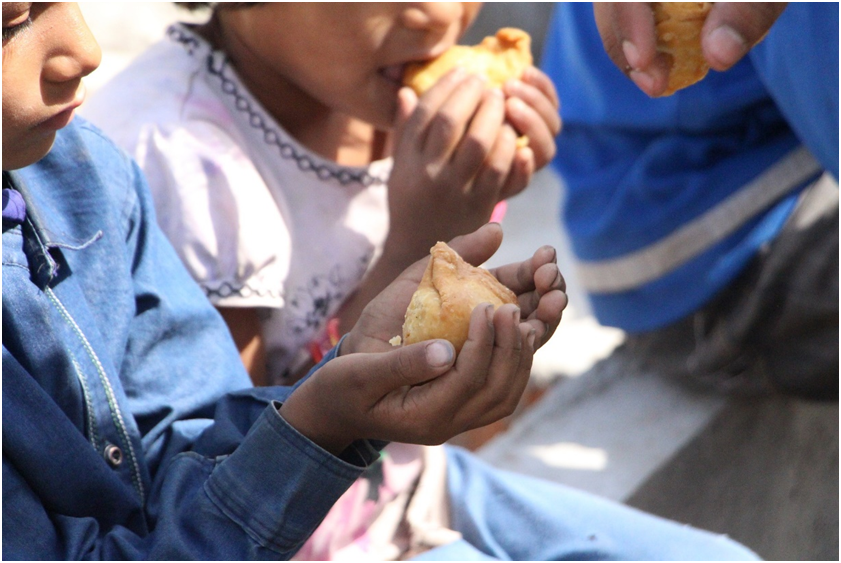
First, for better understanding, we should define hunger and food insecurity. We often use these terms interchangeably in the food bank world. Is there really a difference? Does it matter?
And can race really have an impact on food insecurity?
Hunger is an actual physical condition caused by a lack of food. It’s a condition we are all familiar with. That gurgling in the stomach, slight nausea, even a feeling of lightheadedness from an empty belly when we don’t eat.
Food insecurity, on the other hand, is the “lack of consistent access to enough food for an active, healthy lifestyle,” as defined by the U.S. Department of Agriculture. Or another way to say it, the stress and worry of not knowing when, how, or what you will eat next.
The U.S. is one of the top producers and exporters of food across the world, yet in our country, we are not immune to food security for so many of our citizens. And what is disheartening is the fact that we as a country misuse food when people, potentially our neighbors, don’t have enough to eat.
According to American Farm Bureau Newsroom Fast Facts 2021, 25% of food Americans purchase for at-home consumption is thrown away and 40% of all food grown and produced in the U.S. is never even eaten.
Too many people in our own backyard face food lack daily. The USDA says that more than 38 million people, including 12 million children, in the United States are food insecure. And many of the households that experience food insecurity do not qualify for federal nutrition program assistance so they must visit food banks like Eloise’s Cooking Pot Food Bank for extra support.
But who are the food insecure? And why are they food insecure?
There are numerous causes that contribute to food insecurity, from low-income, unemployment, under-employment, a health or medical crisis, or living in an area where food prices are high or food is hard to obtain. Single mother households and households below the poverty line are at the most at risk. And, with the pandemic and economic shutdown, food insecurity spiked to estimated highs of 23% in April 2020.
Not only did the pandemic create more food insecure individuals and families, it also highlighted the increased disparities faced by so many BIPOC communities. Communities of color, especially Black communities, experience hunger, poverty, and unemployment at much higher rates than white people. This is because of long-standing racial injustice that leads to barriers in education, employment, housing, and more (Feeding America).
In 2020, almost 25% of the Black community experienced food insecurity. Black children are almost three times more likely to live in a food-insecure household than white children.Black women are more likely to be considered essential workers who more often work in the industries hardest hit by the pandemic. Historically, the median income for Black households is much lower than white households by just under half. And, while the United States has an overall poverty rate of 11.4%, the Black community experiences a poverty rate of 19.5%. while the non-Hispanic, white community is only 10.1%.
Unfortunately, systemic discriminatory policies and practices have caused Black people to have fewer opportunities and financial resources. They are more likely to live in poverty, have lower educations, andare more likely to face unemployment; all circumstances that increase their chances to experience hunger.
Changes within the system really need to be addressed to reduce food insecurity in these communities. To decrease hunger in America, we need to confront the root causes and inequities in food access. Making A Difference Foundation’s Eloise’s Cooking Pot Food Bank proudly serves our BIPOC communities and removes all barriers to healthy food so we can eliminate this problem in our local area.

